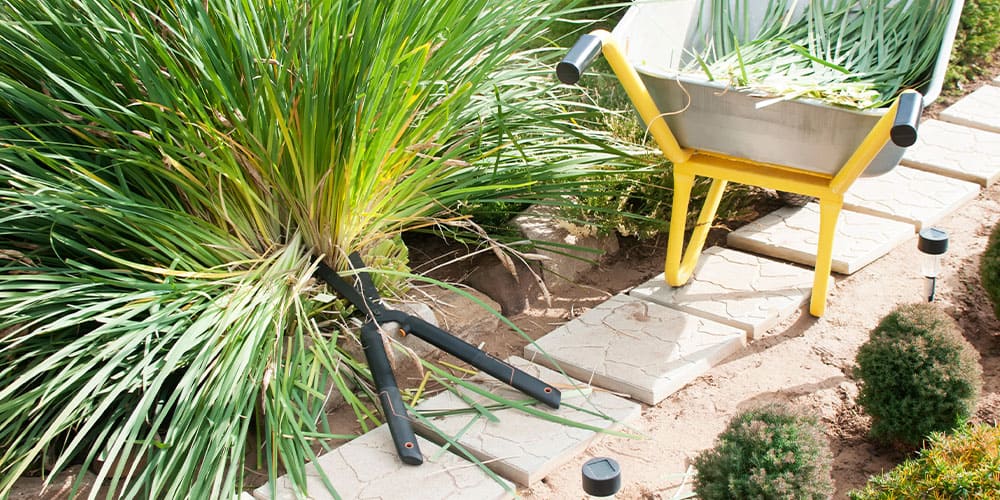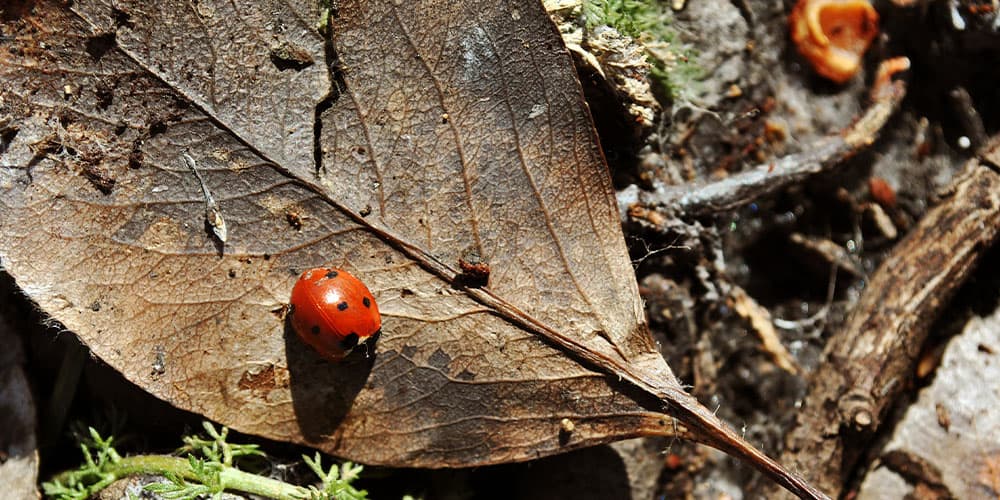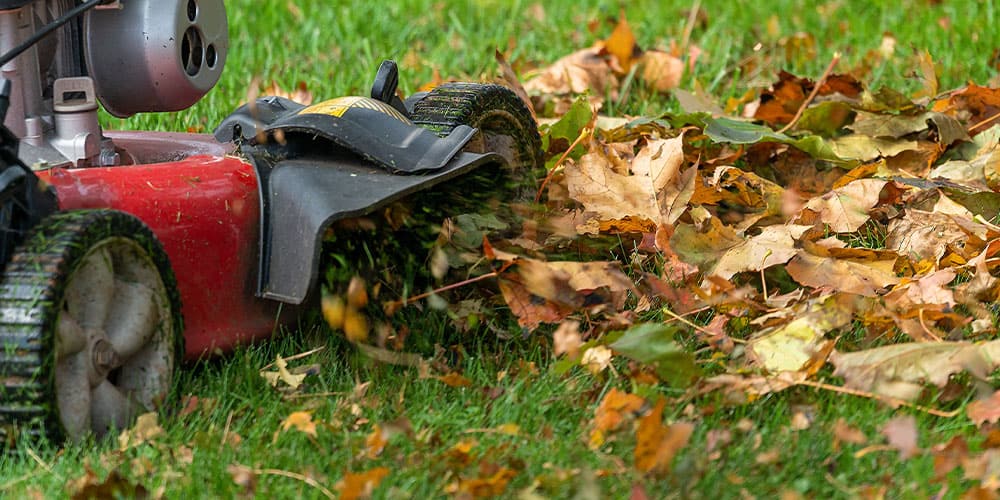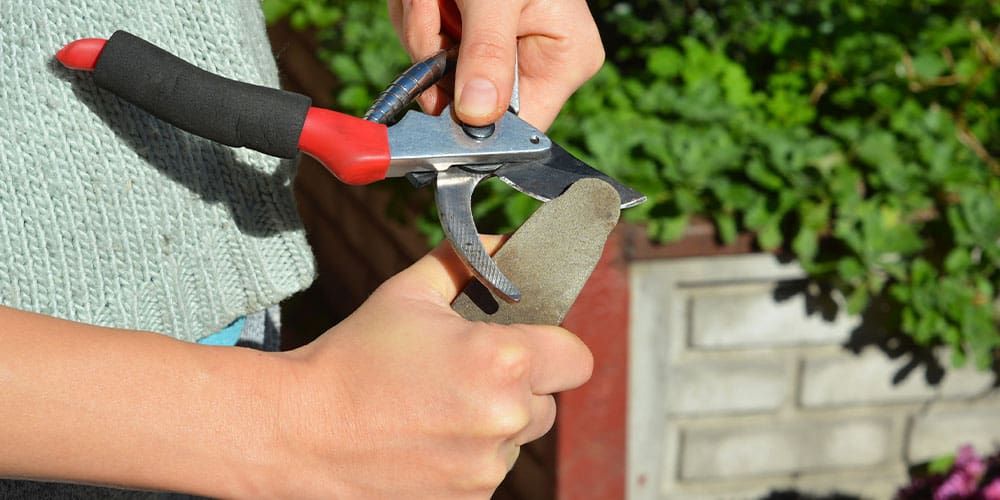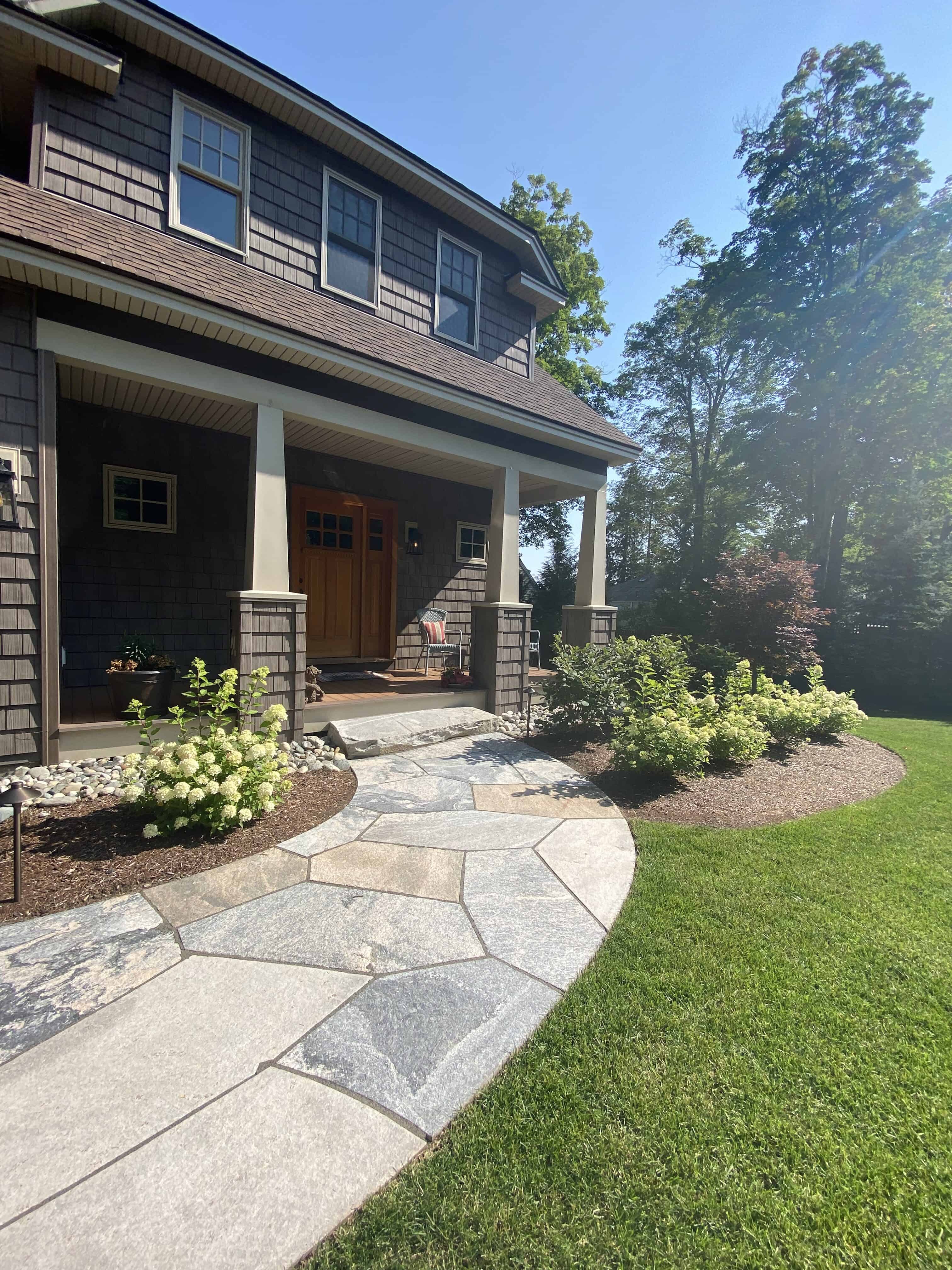Do you have a knack for growing and caring for plants? Do you like helping people visualize what’s possible around their property and landscape? Is working outdoors a dream for you? Do you enjoy collaborating, creating and maintaining outdoor spaces that are aesthetically pleasing, socially impactful, and environmentally responsible? Here at Stephens Landscaping Professionals, we are always looking to grow our team of hardworking and talented individuals
Landscaping Year-Round
Working for a landscaping firm is so much more than going out on a sunny day to mow a lawn and trim some hedges. At Stephens Landscaping Professionals, we specialize in the design, permitting, construction, and maintenance of a number of exceptional residential and commercial landscapes in the Lakes Region of New Hampshire and beyond.
This means we work with our clients from the very beginning to very end of their projects and are involved at every step. Clients come to us with their ideas, and work with our landscape architect and design team to put those ideas into a plan. Our staff gets the plans approved and permits pulled, and their dedicated project manager works with them through every construction phase.
We also work on projects like excavation and sitework, helping clients prepare properties for construction and major landscape renovations, or for the change of seasons. We’ve helped homeowners with septic work, carpentry projects, property maintenance, snow and ice management, property management, and of course, all kinds of landscaping including lawn, tree, shrub and flower planting and maintenance, outdoor living space installations, the building of lakeside beaches and docks and decks, and so much more.
What Does a Career Path at Stephens Landscaping Professionals Look Like?
We offer so many career options! If you don’t have much work experience, you can come to us with a high school education or GED and get trained on the job. Along the way, you’ll be able to get certifications for hardscaping, plant knowledge, or even to work with certain types of machinery, which will help you build a long-term career. You’ll have an opportunity to learn and advance depending on your interests across the variety of services we offer to our clients.
If you find landscaping to be your calling, you might want to consider furthering your education and pursuing a degree related to landscaping, such as horticulture, arboriculture, or landscape management, where you can use your degree to pursue jobs in project management, account management, or design.
Landscaping careers can include groundskeepers, account managers, landscape forepersons, carpenters, supervisors, architects, landscape designers, tree specialists, turf managers, and so much more. If you are interested in working outdoors, landscaping as a career is definitely worth checking out.
Why Work with Stephens Landscaping Professionals?
Stephens Landscaping Professionals was started in 2007 by brothers John and Mark Stephens. Now employing over 75 dedicated employees, Stephens Landscaping Professionals is one of the Lake Region’s most innovative and respected landscaping companies. We value each and every one of our employees, and we strive to maintain a work culture that is challenging, rewarding, and fun. In addition to competitive pay, we offer:
- Company Paid Life Insurance
- Paid Vacation + Sick Time
- Company Paid Short Term Disability
- Provided Uniform
- Employee Development Opportunities
- Boot Allowance
- Health + Dental Insurance Programs
- IRA Plan with Company Match
To find out more about our company culture, read what some team members have to say, and explore current job openings, please visit our Careers page.











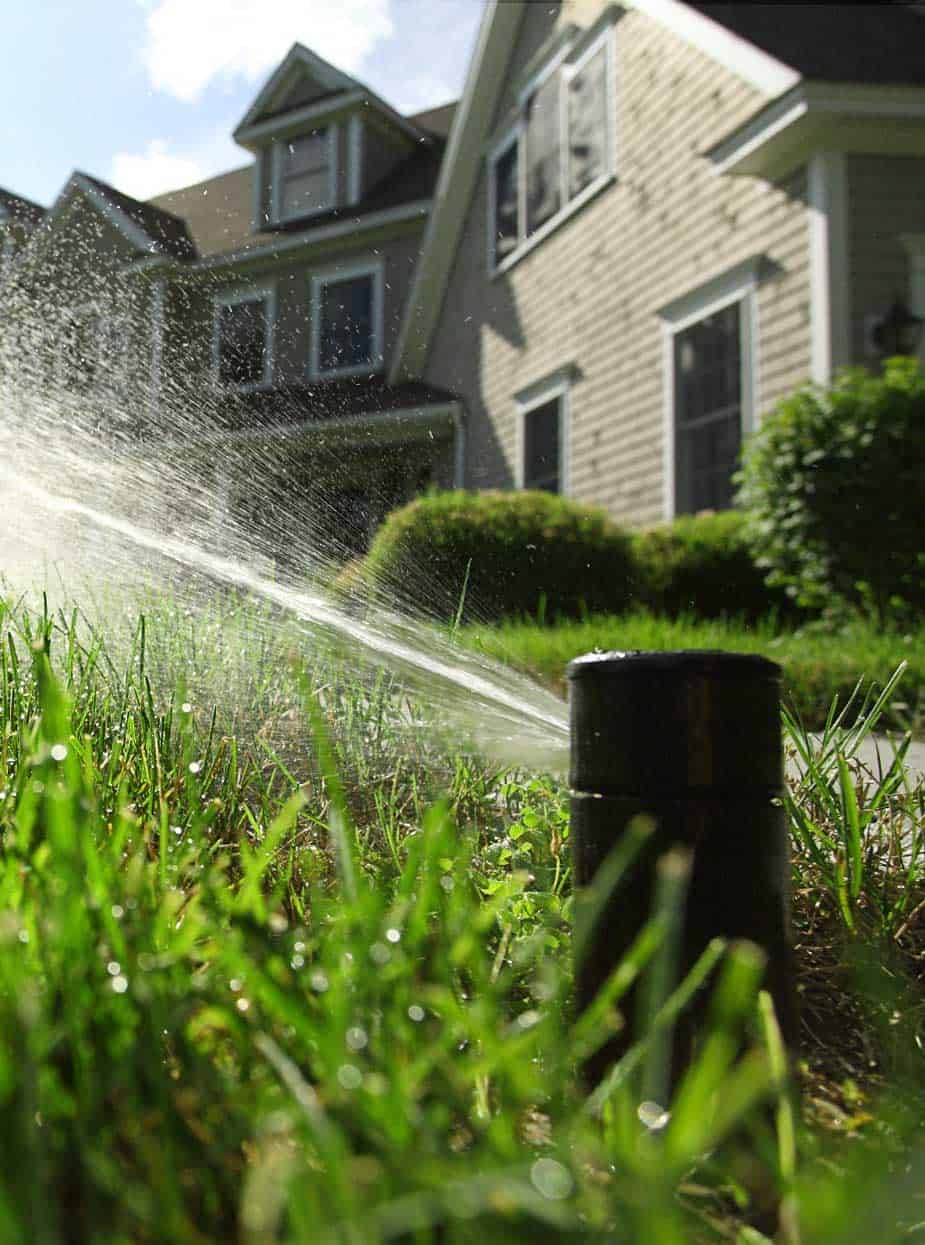 Setting Up a Schedule
Setting Up a Schedule